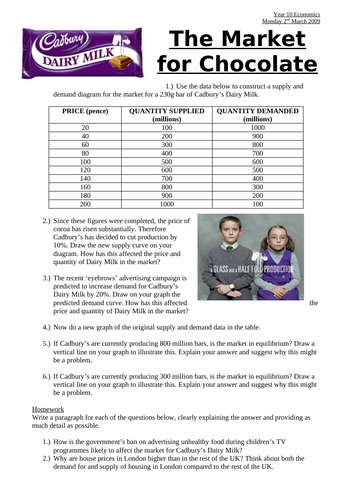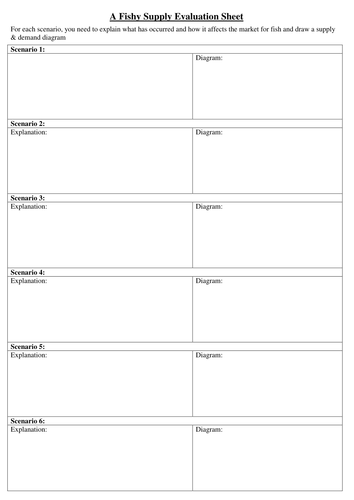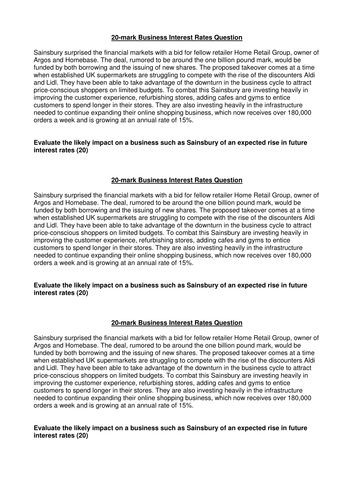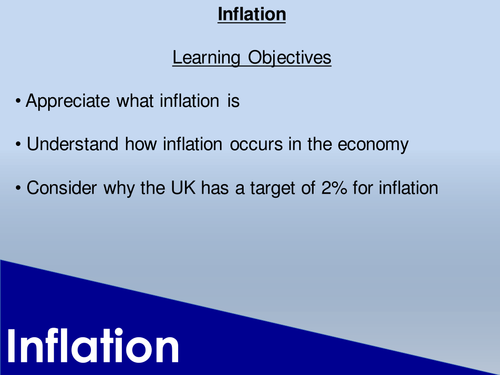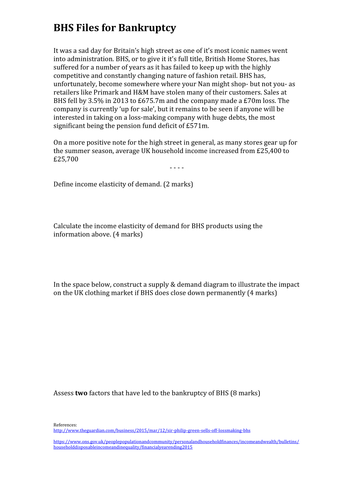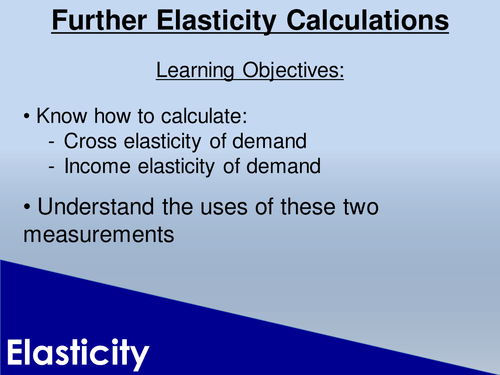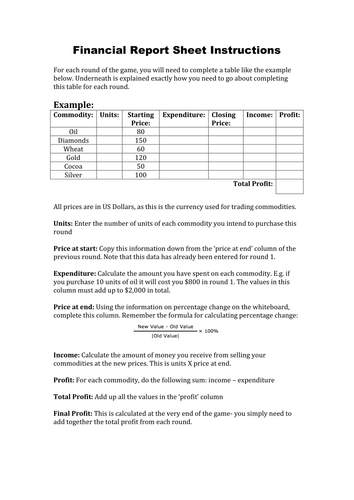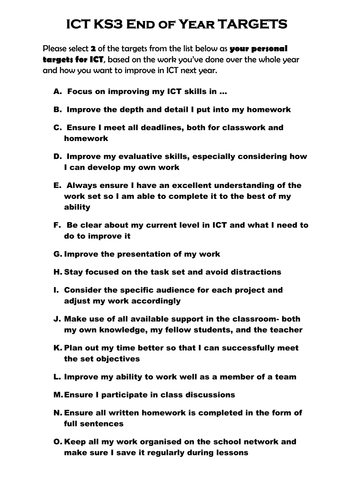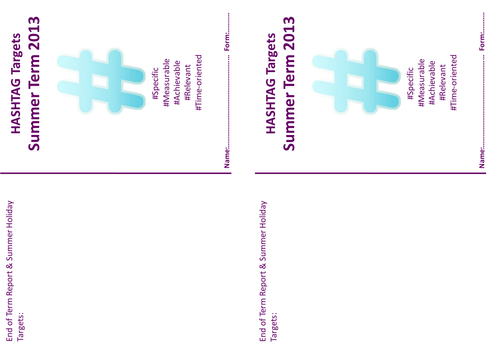Dizzleeducation's Shop
I am a teacher of Economics and Business in a south London school and the resources on here are all ones I've found work well and are effective when teaching my students in these subjects. You will also find some other resources for general target-setting or supporting pupils in form time as well as some resources from when I taught Maths a few years ago.


